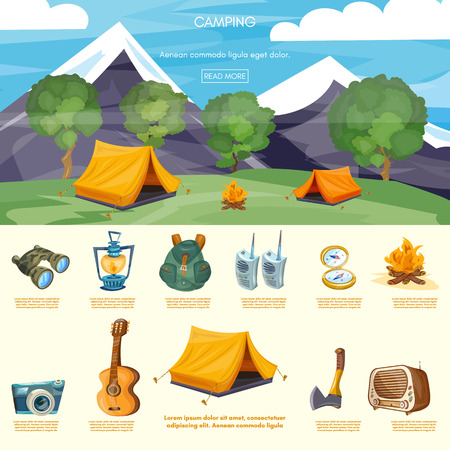Ways To Sell Online With These Tips Sell More Camping Tents
Ways To Sell Online With These Tips Sell More Camping Tents
Blog Article
How Essential Are Tent Footprints/Ground Cover?
Tent footprints are an excellent means to secure your outdoor tents floor from abrasions and prolong its useful life. Almost all gear producers supply their very own brand-specific footprints that are made to match their specific tent models.
How do you keep a tent warm in the winter?
This tailored strategy supplies ease of setup and minimizes the risk of rainwater seeping in through the seams.
What are they?
Tent impacts (additionally referred to as outdoor tents ground sheets or under outdoor tents pads) supply a layer of protection in between the base of your outdoor tents and the exterior setting. They safeguard your camping tent from sharp objects, dampness, and unpleasant surfaces.
The majority of tent suppliers use their very own branded impacts created to fit seamlessly with their marked sanctuary models. Nevertheless, these are generally costly and relatively heavy compared to do it yourself alternatives like Polycryo or Tyvek.
Footprints are normally made from sturdy, waterproof products such as polyurethane, nylon or silnylon. For ultralight backpackers seeking to minimize pack weight, there are additionally light-weight, high-strength options made from Cuben Fiber (Dyneema). It is very important to choose a footprint that's somewhat smaller sized than your outdoor tents to prevent rainwater from trickling down the sides of your sanctuary and funneling beneath you while you rest-- no person wishes to get up in a pool! An impact is a rewarding enhancement to any camping trip. It aids ensure a lengthy life expectancy for your tent while adding convenience and assurance.
Just how crucial are they?
Outdoor tents footprints shield the base of your outdoor tents from abrasion and moisture, assisting to extend its life expectancy. They're usually made from water-proof and dirt-resistant products like polyethylene or a light-weight oxford polyester, though the denier of the textile will vary (the higher the denier number, the thicker and burlier).
The majority of footprints are made to specifically match the form of your tent's flooring, which helps reduce product waste. Numerous have grommets or loopholes whereby you can weave guylines for stress and stakes, making sure that the impact is firmly held back.
If you camp in harsh terrain or locations where there's a lot of downed branches and sharp rocks, a camping tent footprint is well worth the added weight and platform tents bulk. But if you regularly camp in dry, sandy or rocky conditions, a footprint might be overkill. A tarpaulin is a much better choice because case.
Do you typically load one?
If you're camping on a really flat surface where rocks and sticks aren't an issue, an outdoor tents impact probably isn't necessary. If you are in the backcountry with a lot of rough terrain, an impact can make life much easier.
Impacts are generally sized slightly smaller sized than the base of the outdoor tents. That's because a bigger impact would certainly catch rainfall and channel it under the camping tent, where you might awaken in a puddle.
Nevertheless, footprints can be expensive and heavy if you buy one from the producer of your outdoor tents (the Big Agnes Tiger Wall surface UL 2 impact, as an example, costs $70 and weighs six ounces). You can save cash and weight by making your own DIY footprint by cutting a piece of Tyvek or various other water resistant textile to the precise dimensions of your sanctuary. You can also add grommets for easy accessory. The main advantage of an impact is that it aids to safeguard the flooring of your backpacking outdoor tents from abrasive aspects such as rocks and branches.
Just how do you keep them clean?
A maker's impact can include considerable weight to your sanctuary system and if you're an ultralight backpacker trying to save every ounce, it could not deserve it. Because of this, lots of backpackers will utilize a do it yourself groundsheet that's constructed out of something like Tyvek or Polycryo and suffice to size for their tent footprint.
This option is reasonably cheap and will certainly safeguard your camping tent from moisture, rocks, thorns, sticks, and so on, while likewise aiding to keep the bottom of your camping tent completely dry.
If you do determine to acquire an impact, make certain it's created particularly for your certain camping tent as this will help in reducing water pooling around the sides of your shelter. For example, if your tent impact is too large and expands past the edge of your rainfly, it will certainly gather rains which can permeate right into lighter-weight camping tents and potentially wear down the floor. See to it it fits your tent relatively snugly to prevent this.
Can you sleep in a moldy tent?
